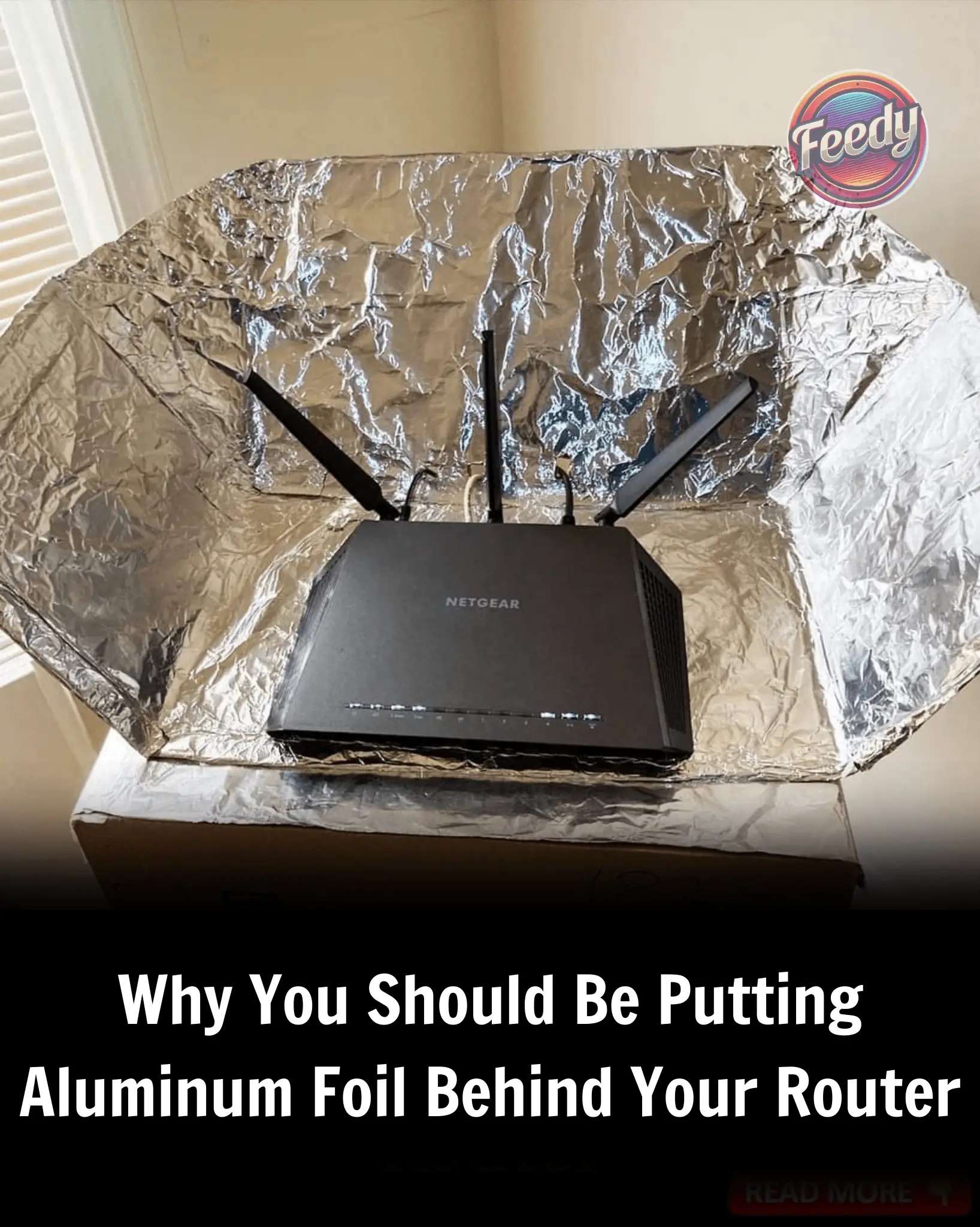
How to Tell If Your Eggs Are Still Fresh: The Ultimate Kitchen Guide
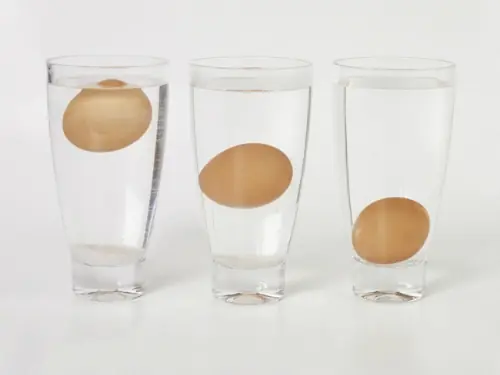
Eggs are one of the most versatile ingredients in any kitchen, found in everything from fluffy breakfast scrambles to delicate baked desserts. But how do you know if the eggs sitting in your fridge are still good? Despite their tough shells, eggs are perishable—and using a spoiled one can ruin your meal or even make you sick.
Luckily, there are several tried-and-true methods you can use to check the freshness of your eggs. From decoding the carton labels to using classic at-home tests, here’s everything you need to know to keep your meals safe and delicious.
🗓 Start With the Carton: Check the Packing Date
Before you even crack an egg, your first clue lies right on the carton. Look for the packing date, which is often printed in Julian format (a three-digit number representing the day of the year). This date tells you when the eggs were packaged, not when they expire.
Pro tip: Eggs are generally safe to eat up to five weeks after their packing date—if stored properly in the fridge. However, to enjoy the best taste and texture, aim to use them within three to four weeks.
💧 Do the Classic Float Test
The float test is a simple and surprisingly accurate way to check if an egg is still fresh:
-
Fill a bowl or glass with water.
-
Gently place your egg into the water.
What happens:
-
If it sinks and lays flat, it’s very fresh.
-
If it stands upright, it’s still safe, but should be used soon.
-
If it floats, it’s time to toss it.
Why does this work? As eggs age, the liquid inside evaporates slightly, allowing air to seep in and expand the inner air pocket. The bigger the pocket, the more buoyant the egg becomes.
👃 Trust Your Senses
Even if an egg passes the float test, your senses are excellent tools for detecting spoilage.
-
Smell: Crack the egg open and give it a sniff. A fresh egg has a neutral or slightly earthy scent. If you detect a rotten or sulfur-like smell, it’s gone bad.
-
Sight: Examine the shell. If it’s cracked, slimy, or has unusual spots, bacteria could have gotten inside. Once opened, look for odd coloring or cloudiness in the egg white.
-
Sound: Gently shake the egg next to your ear. A watery slosh could indicate thinning or spoilage inside, while a solid feel is a good sign of freshness.
🐔 Consider the Source: Production Matters
Not all eggs are created equal. The quality of an egg can also depend on how the hen that laid it was raised.
-
Free-range or pasture-raised eggs often come from healthier, less-stressed hens, which may result in better-quality eggs with more flavor and stronger shells.
-
Factory-farmed eggs may have a shorter shelf life, depending on how they’re handled and stored before reaching stores.
Educating yourself about different farming practices can help you choose eggs that are both fresher and more ethically produced.
🍳 Don’t Let a Bad Egg Ruin Your Meal
There’s nothing worse than cracking a bad egg into your batter or pan—especially after you've prepped everything else. Avoid this by doing a quick check before use. Here’s a quick checklist:
✅ Float test
✅ Inspect the shell
✅ Give it a sniff
✅ Check the pack date
✅ Know your source
When in doubt, crack it into a separate bowl before adding it to your recipe. That way, if it’s off, you haven’t ruined the whole dish.
🥚 The Bottom Line
Eggs are a staple, but their freshness shouldn’t be taken for granted. Whether you’re whipping up breakfast or baking a cake, using fresh eggs ensures better taste, better texture, and better safety. By keeping an eye on dates, using simple tests, and understanding where your eggs come from, you’ll always crack with confidence.
News in the same category


I was totally in the dark on this!

The Overlooked Refrigerator Setting That’s Quietly Inflating Your Electricity Bill

Simple Household Hack: Banana Peel + Detergent = Roach Killer Miracle Overnight!
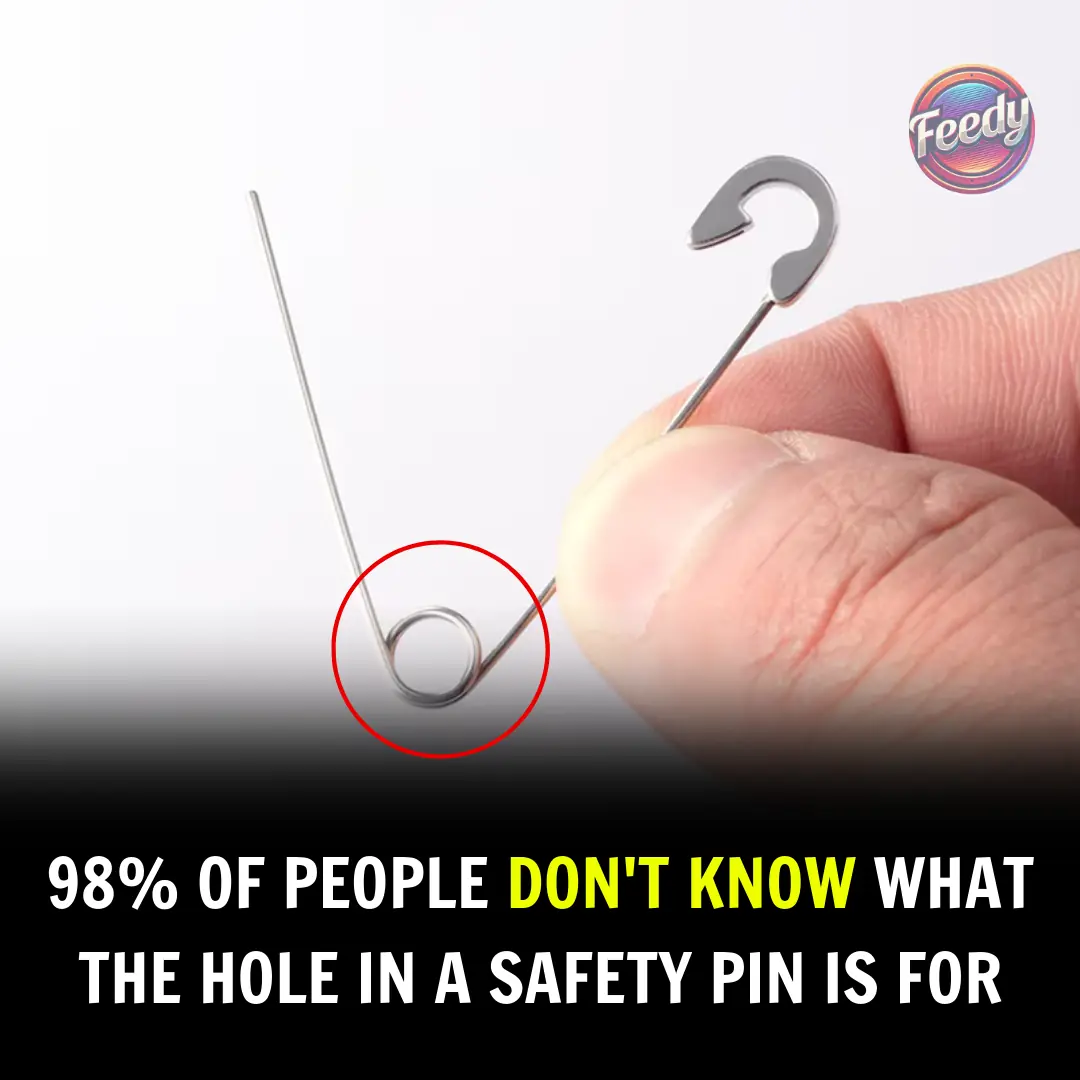
That Little Hole In A Safety Pin Isn’t Just for Looks — Here’s What It’s REALLY For
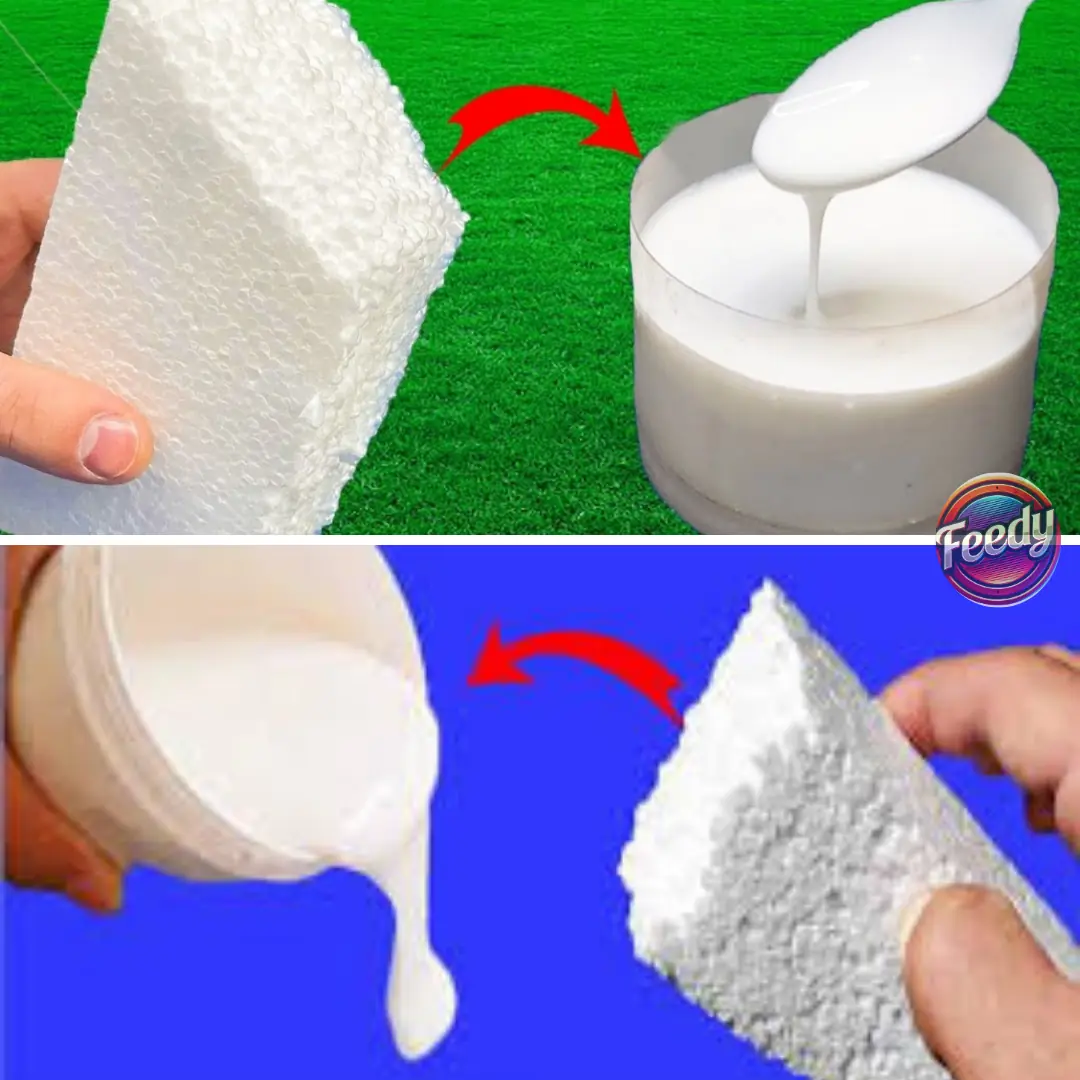
Swollen Lymph Nodes: What They Really Mean and When to Worry
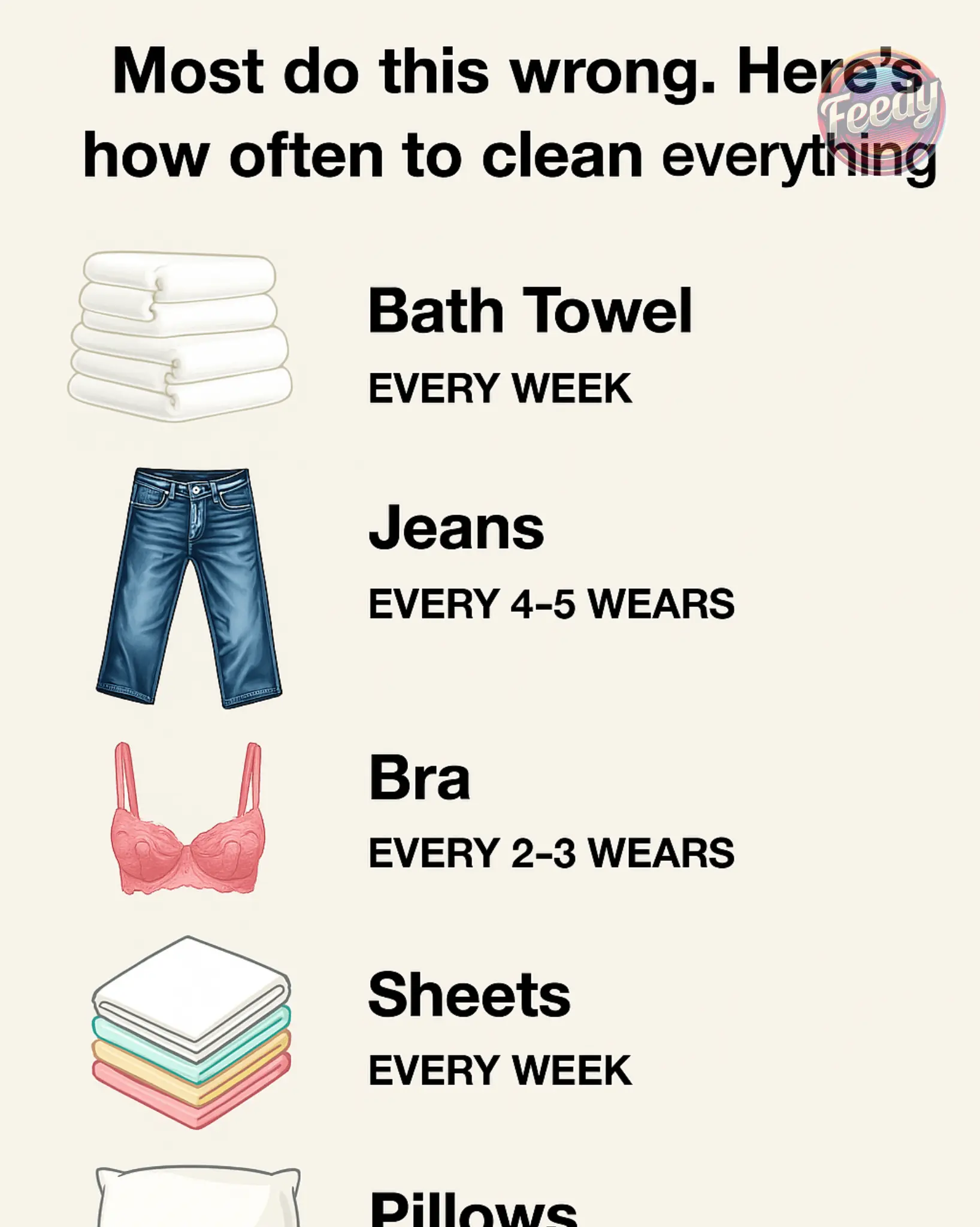
How Often Should You Really Wash Your Clothes? A Smarter Guide to Laundry Frequency

5 Creatures That Can Crawl In Through Your Toilet and How to Stop Them
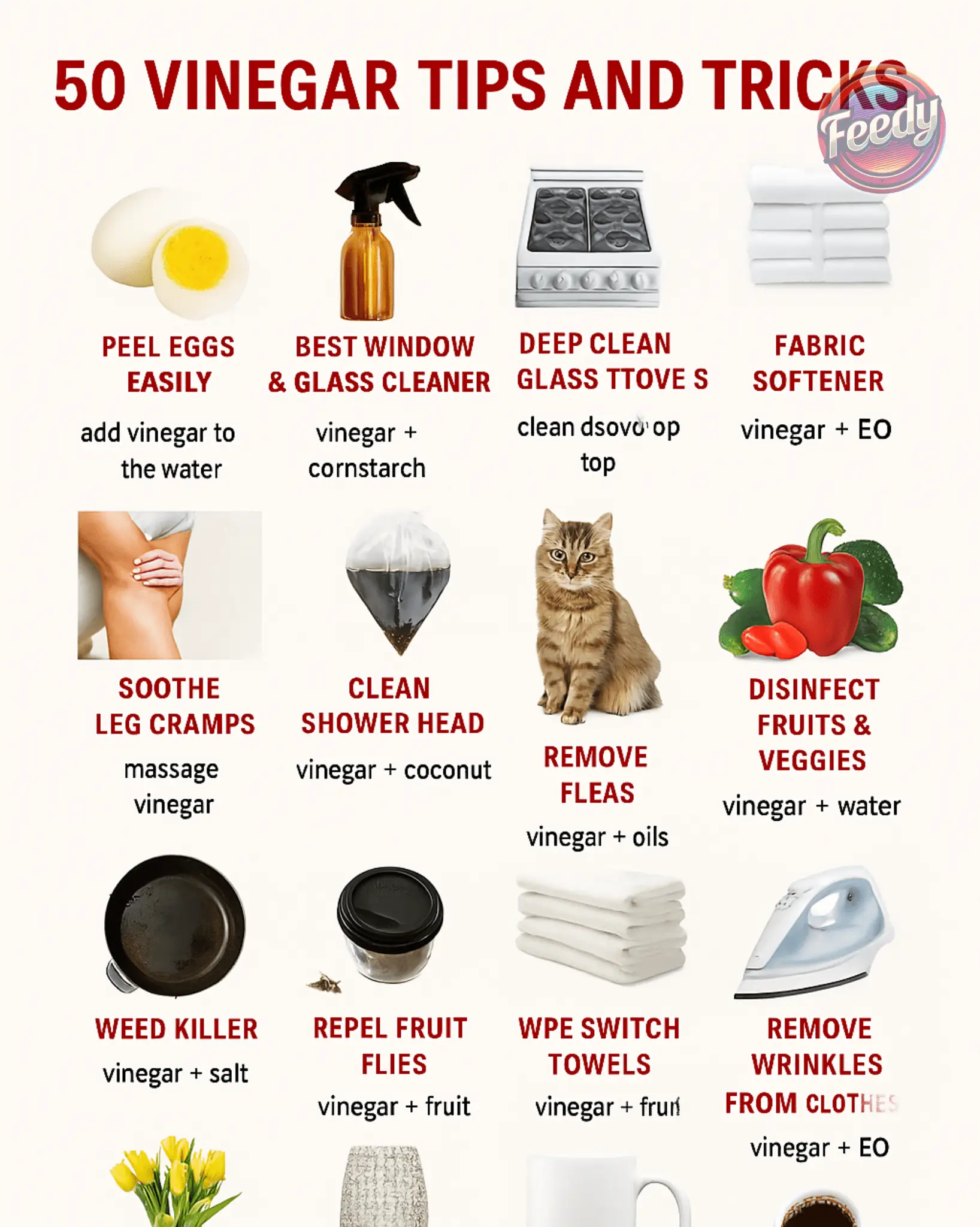
15 Ways to Use Vinegar for Home and Beauty

Why Hotels Use Bed Runners – And How Guests Actually Use Them

20 DIY cleaning hacks for a spotless home
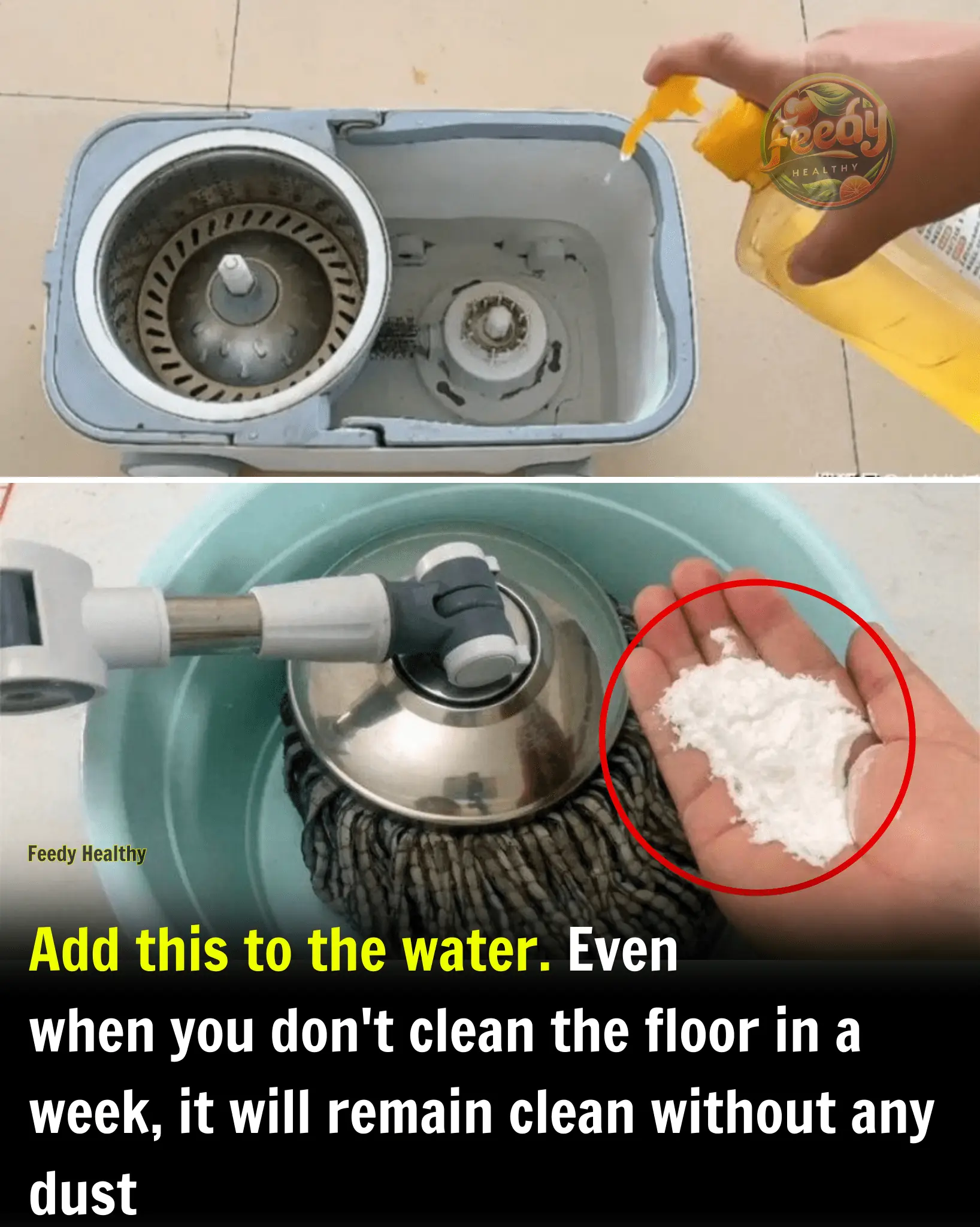
Add This To The Water For Your Floors

Meaning behind the ‘WC’ sign outside bathrooms
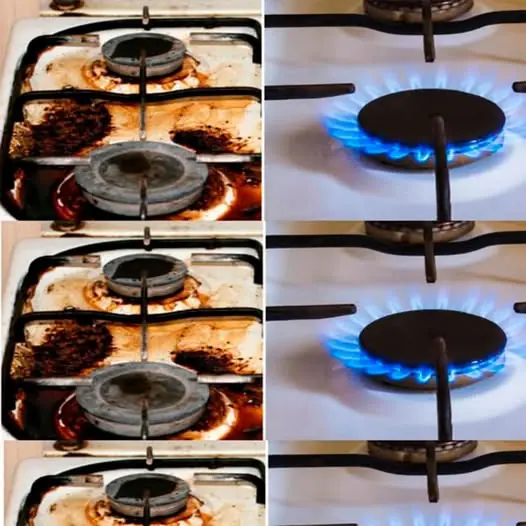
Gas stoves, 1 tablespoon and you'll have them shining again: this is what you should do
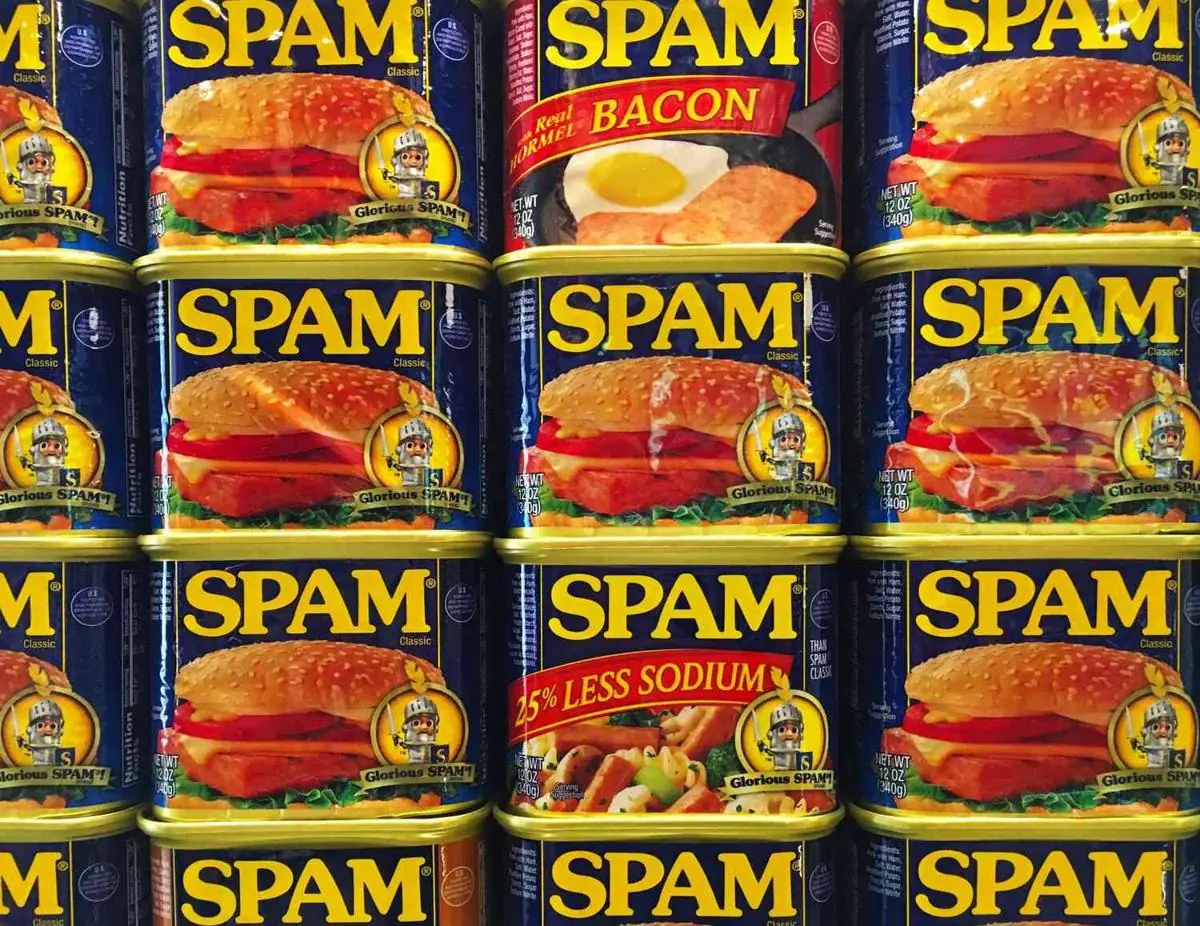
Off The RecordWhy Is It Called Spam, Anyway? A Brief Inbox History Of The Product That Was Sold Over 8 Billion Times

10 Things You Should Do When Checking Into a Hotel Room
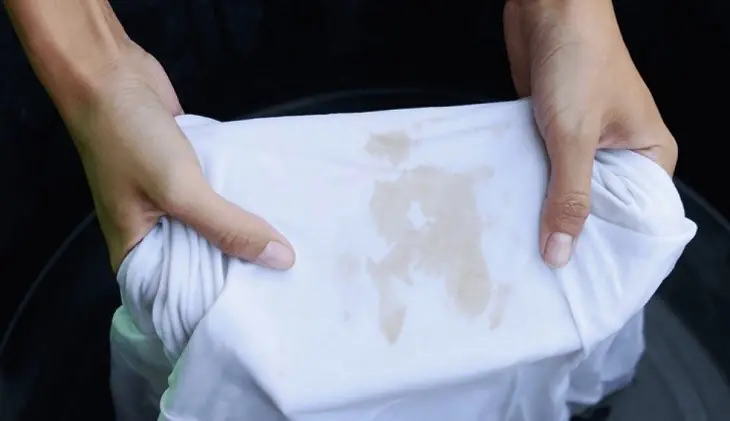
Most people get hair dye stains on their clothes without knowing how to remove them — and it's a cleaning trick many tend to overlook.

Why do some window grilles have a curve at the bottom?
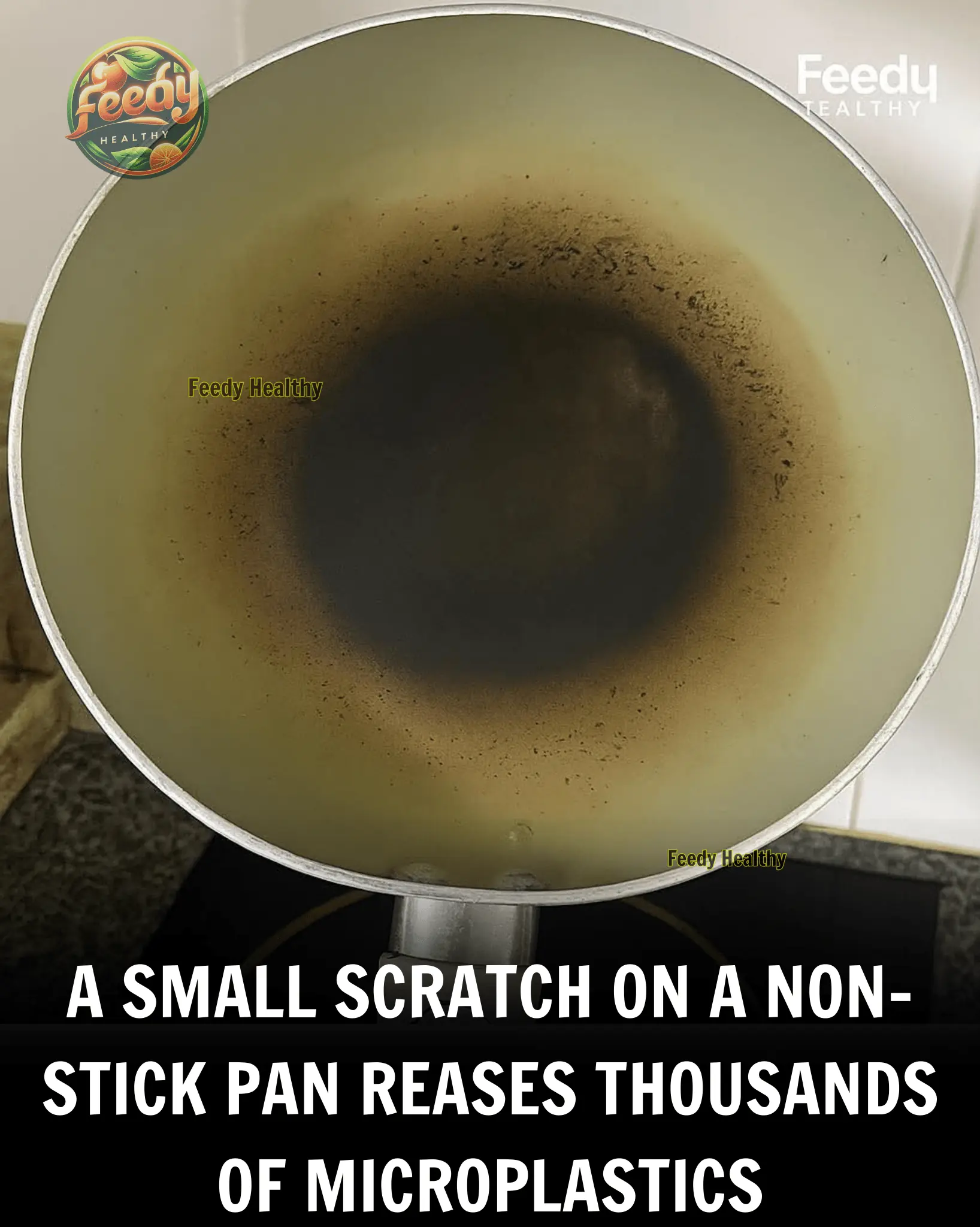
Are Non-Stick Pans Really Safe?
News Post

Fennel Tea for Vision Health: Preventing Cataracts and Glaucoma Naturally

What It Means If You Always Need to Poop Straight After Eating

Why You Should Try Putting Aluminum Foil Behind Your Router

From Child Star to Headlines Again: Haley Joel Osment’s Recent Arrest Raises Concern

Blue Origin Slammed by Online Conspiracy Theorists Claiming Mission Was a Hollywood FAKE

My Landlord Raised My Rent Because I Got a Promotion — Big Mistake Messing With a Single Working Mom of Three

Say Goodbye to Knee & Joint Pain with This Powerful Anti-Inflammatory Drink

Instant Wrinkle-Reducing Mask with Vaseline, Carrot & Cucumber

My Daughter-in-Law Threw My Belongings Out of the House After Claiming She Inherited It, But Karma Got Her That Same Day.

Meet Simon Cowell’s only kid, who made a fortune on American Idol.
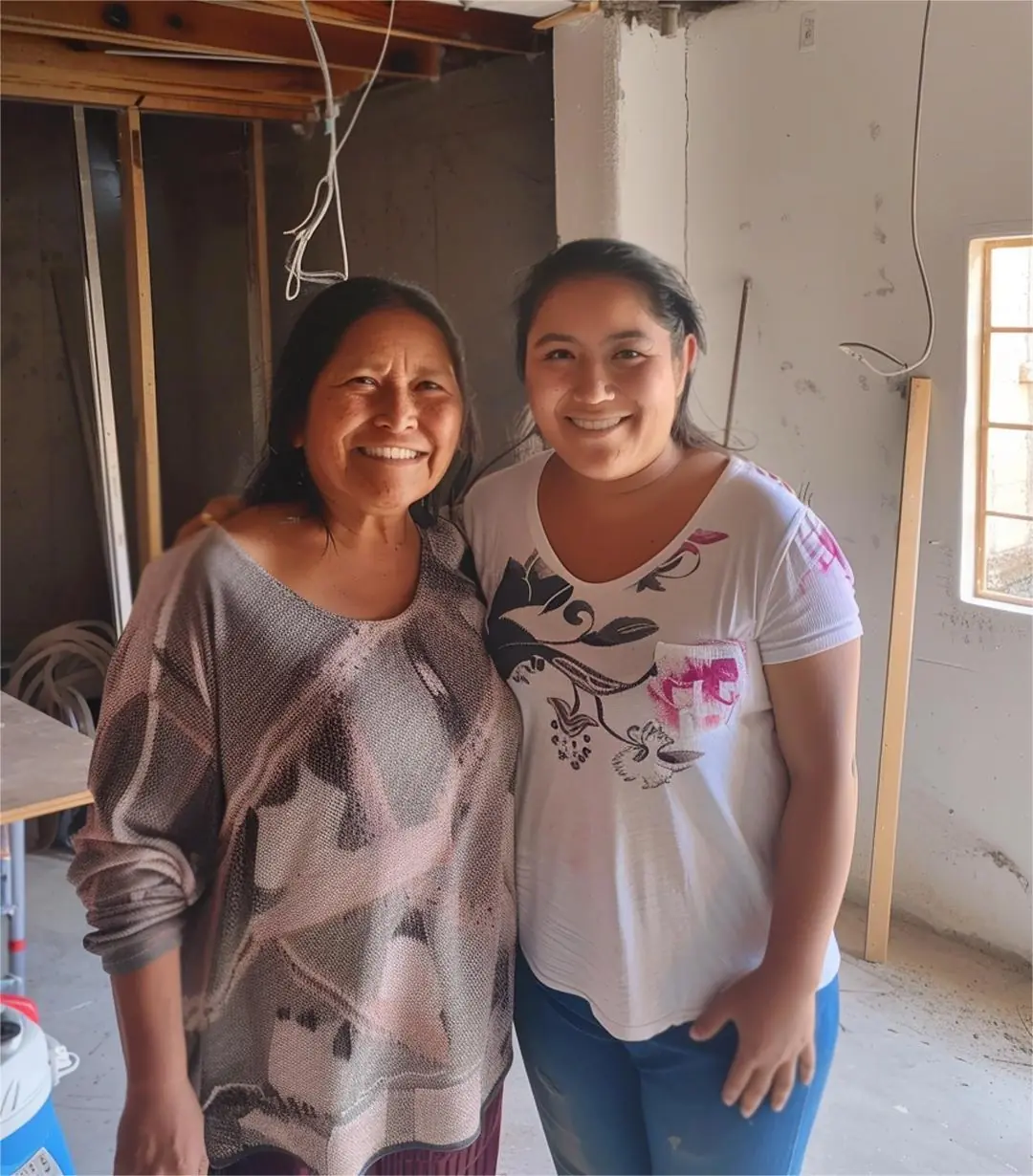
MY MOM PROMISED ME THE FAMILY LAKE HOUSE — AFTER I PAID FOR THE RENOVATIONS, SHE GAVE IT TO MY SISTER.

74-Year-Old Woman Adopts German Shepherd Whose Owners Wanted to Euthanize Him…

Straight Family Man Prefers To Wear Skirts And Heels As He Believes ‘Clothes Have No Gender’

Tragus Piercing – A Small Symbol with Big Personality

This optical illusion may help identify autistic traits in seconds

This is my preferred way

Julia Roberts Gave Birth to Twins at 37 — Pics of Her ‘Beautiful’ Teens Who Look like Her Husband

ABC Cubes For Flawless Skin

Scientists Grow First Fully Formed Tooth In Lab — A Groundbreaking Breakthrough
